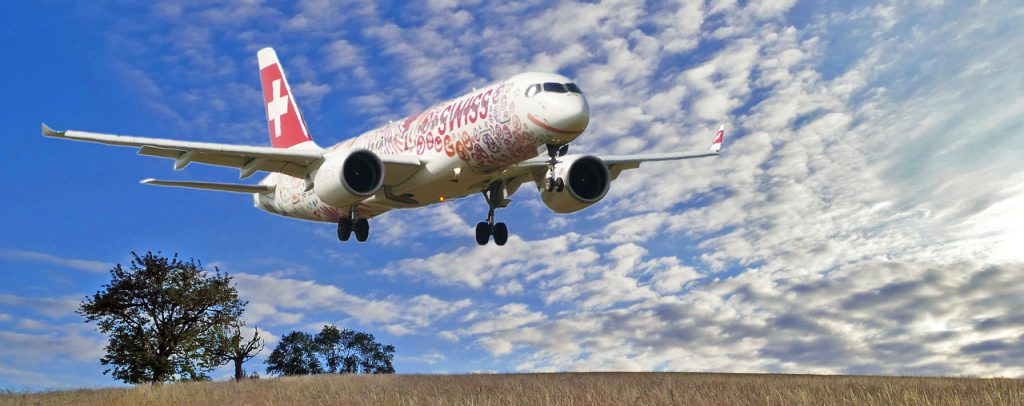In a recent incident that took place at Riga Airport, Air Baltic’s Airbus A220 encountered an unexpected situation, resulting in its departure from the runway. The incident, though alarming, underscores the importance of aviation safety protocols and the swift response by the airline and airport authorities. In this article, we provide an overview of the incident, the actions taken, and the measures in place to ensure passenger safety during such events.
Understanding the Incident
During the aircraft’s landing procedure at Riga Airport, unforeseen circumstances led to the Airbus A220 departing from the runway. Preliminary reports suggest that weather conditions or other external factors may have contributed to the incident. Investigations are underway to determine the exact cause and ensure that necessary precautions are taken to prevent similar incidents in the future.
Prompt Emergency Response
Following the incident, an immediate emergency response was initiated. Air Baltic’s well-trained crew swiftly implemented safety procedures, ensuring the well-being of passengers and crew members on board. Emergency services at Riga Airport promptly responded, providing assistance and ensuring the safe evacuation of all individuals involved.
Passenger Safety and Support
The safety and well-being of passengers are paramount in any aviation incident. Air Baltic and Riga Airport authorities prioritized passenger support, providing necessary medical assistance and ensuring that passengers were informed about the situation. Dedicated support teams were available to address any concerns and assist passengers with alternative travel arrangements or accommodations as needed.
Collaborative Investigation and Analysis
In the aftermath of the incident, an extensive investigation is being conducted to determine the root cause and evaluate the sequence of events. Aviation authorities, including Air Baltic, aircraft manufacturers, and regulatory bodies, collaborate closely to ensure a thorough analysis of all factors involved. Lessons learned from such incidents contribute to ongoing safety enhancements and the continuous improvement of aviation procedures.
Ensuring Safety Through Preventive Measures
The aviation industry operates on a foundation of safety and adheres to stringent regulations and protocols. Incidents such as this highlight the importance of continuous safety training, regular equipment maintenance, and thorough operational checks. Airlines and airports consistently review and update their safety procedures to mitigate risks and ensure the highest level of safety for passengers and crew members.
Conclusion
The Air Baltic Airbus A220 incident at Riga Airport serves as a reminder of the inherent complexities and potential risks associated with aviation operations. The incident underscores the industry’s unwavering commitment to passenger safety and the effectiveness of emergency response procedures. Through collaborative investigations and ongoing safety measures, the aviation community continues to enhance its ability to prevent and respond to such incidents. As air travel remains one of the safest modes of transportation, incidents like this serve as valuable learning opportunities to further improve safety measures and procedures. The aviation industry will continue to prioritize safety, and incidents like this only reinforce the importance of remaining vigilant and prepared to respond to any unforeseen circumstances. As the investigation into this incident continues, passengers can remain confident in the industry’s commitment to safety and its ability to quickly and effectively respond to any situation that may arise.

